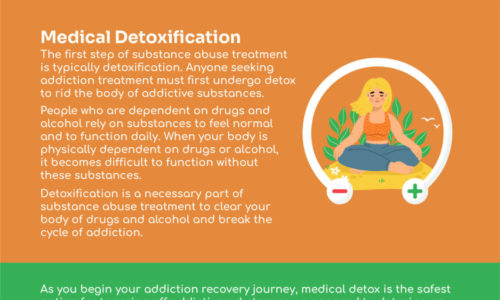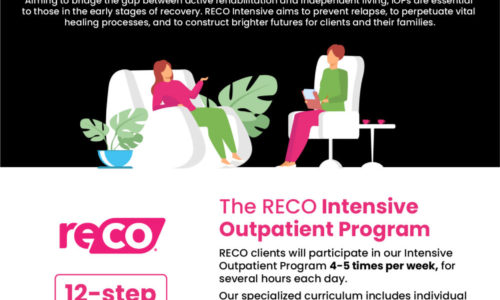Smartphone ownership is at an all time high and internet traffic now constitutes of 55% of users via mobiles. More and more people are using their phones to perform quick actions such as dealing with emails or online shopping. The convenience of being able to access easy to use apps and responsive websites whilst people are away from the home means that businesses must have mobile users as their top priority for their online marketing campaigns.
For example, many businesses use email templates that are responsive so that the email displays attractively regardless of the device that is being used. If they don’t use a responsive template, the email will be difficult for users to read and see the key information or the call to action. When it is already so difficult to get people to open emails in a competitive market, you can’t afford to lose potential customers this way.
It is similar for people accessing websites. This infographic from Top 10 Website Hosting shows some of the biggest issues that users experience with a site that isn’t responsive. It can be difficult to navigate around pages or click on links, which will frustrate users. In fact, 48% of users say they feel frustrated and annoyed when they get to a site that isn’t mobile friendly.
If your visitors are not happy then they are not likely to do any business with you, so that is why you really do need to have a responsive website. Some businesses opt to have a separate site set up for mobile users and some web hosting packages will allow for multiple websites to be set up under the same package. If you’re looking to get more business leads and increase your customer base then you really must have a responsive website.
Infographic by Top 10 Website Hosting
![]()










Did you know that 70% of B2B software apps fail miserably due to poor UI or UX? At DFY SaaS, we make yours don’t fall flat. How? Our UI UX design services help you create delightful experiences by understanding your ideal customers’ needs.
Did you know that 70% of B2B software apps fail miserably due to poor UI or UX? At DFY SaaS, we make yours don’t fall flat. How? Our UI UX design services help you create delightful experiences by understanding your ideal customers’ needs.
<a href=”https://dfysaas.com/user-interface-user-experience/”>ui ux product designer<a>
can you link to us ?